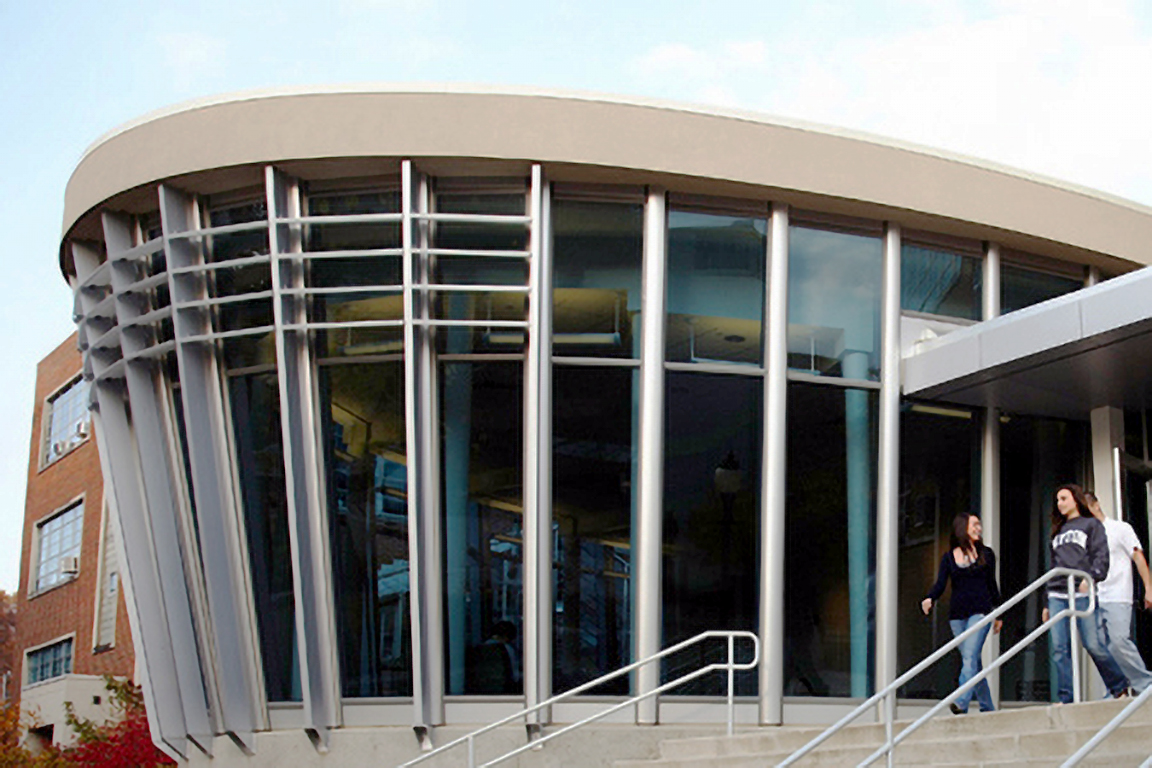Hanley Sustainability Institute

UD’s facilities management staff helps University achieve $1 million per year in energy savings across campus
By Mark Gokavi
Thanks to aggressive retrocommissioning of buildings across campus and other energy initiatives, the University of Dayton’s Facilities Management team is saving about $1 million annually.
Matthew Worsham, UD’s energy efficiency and renewable energy manager, credits hard work from facilities management staff, students and UD’s partners in the energy industry.
Worsham said some of the energy initiatives in addition to the retro-commissioning projects that have made a big impact include new energy procurement contracts and UD’s demand response/peak load program.
Following the last round of RCx projects in 2020, Worsham said UD expects to save $106,000 in addition to the $1 million in annual energy savings demonstrated so far from past projects, bringing total annual savings to well over $1 million.
“Our RCx projects have focused a lot of attention on making sure that the HVAC systems on campus are scheduled to turn on and off at the appropriate times of day, with programming that ensures our buildings don't get too hot or cold overnight while those systems are off,” Worsham said. “Following every RCx project, DP&L and Heapy Engineering completed a ‘measurement and verification’ report that stated how much energy we saved from the project.”
Savings in 2020 were the result of initiatives UD has been pursuing for a decade.
“This has included new lighting equipment like LED bulbs and occupancy controls, HVAC upgrades like more efficient motors and variable frequency drives, and much more,” Worsham said. “In 2017, we accelerated our progress on energy efficiency when we began participating in DP&L's retrocommissioning program with Heapy Engineering. By calendar year 2019, we had completed RCx projects at the Science Center and Fitz Hall.”
The 2019 projects included work at St. Mary's, Keller Hall, Anderson Center, Kettering Labs, Miriam Hall, Kennedy Union, Humanities Center, Bombeck Center, Curran Place, Shroyer Park Center, and the RecPlex.
“With the addition of Founders Hall, Stuart Complex, Marycrest, Campus South, VWK, Marianist, ArtStreet, Roesch Library, Rike Center, Frericks Center, Albert Emmanuel, Gosiger, and Alumni Hall, we have done an RCx project in nearly every building on campus," Worsham said.
One place where energy use has increased is Daniel J. Curran Place, which is home to the University of Dayton Research Institute.
“Emissions at Curran Place have increased substantially because of the construction and move-ins that have occurred since we purchased the facility many years ago,” Worsham said. “There was very little energy consumption when we first began moving into the building, so there was nowhere to go but up. In addition to that, much of Curran Place is laboratory space, which is very energy intensive.
“We believe we have stabilized the energy consumption of the building, and potentially started to bring it down, thanks to new RCx projects and the addition of the solar array.”
Worsham added the University is exceeding the approved timeline (2 percent per year with a total goal of 11.3 million kWh savings) for efficiency gains set by University administration following the Carbon Neutrality Feasibility Study. The study recently won a global campus operations research award.
For more sustainability news and information, visit HSI’s news blog, the Hanley Sustainability Institute website and the sustainability program website. To sign up for HSI’s Sustainability Spotlight newsletter, register here.
